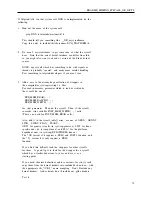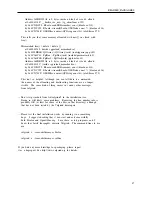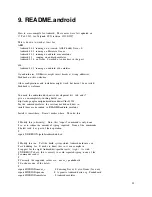
README_DEVELOPERS
perl tests/vg_regtest memcheck/tests/badfree
Running the performance tests
~~~~~~~~~~~~~~~~~~~~~~~~~~~~~
To build and run all the performance tests, run "make [--quiet] perf".
To run a subset of the performance suite, execute:
perl perf/vg_perf <name>
where <name> is a directory (all tests within will be run) or a single
.vgperf test file, or the name of a program which has a like-named .vgperf
file.
Eg:
perl perf/vg_perf perf/
perl perf/vg_perf perf/bz2.vgperf
perl perf/vg_perf perf/bz2
To compare multiple versions of Valgrind, use the --vg= option multiple
times.
For example, if you have two Valgrinds next to each other, one in
trunk1/ and one in trunk2/, from within either trunk1/ or trunk2/ do this to
compare them on all the performance tests:
perl perf/vg_perf --vg=../trunk1 --vg=../trunk2 perf/
Debugging Valgrind with GDB
~~~~~~~~~~~~~~~~~~~~~~~~~~~
To debug the valgrind launcher program (<prefix>/bin/valgrind) just
run it under gdb in the normal way.
Debugging the main body of the valgrind code (and/or the code for
a particular tool) requires a bit more trickery but can be achieved
without too much problem by following these steps:
(1) Set VALGRIND_LAUNCHER to point to the valgrind executable.
Eg:
export VALGRIND_LAUNCHER=/usr/local/bin/valgrind
or for an uninstalled version in a source directory $DIR:
export VALGRIND_LAUNCHER=$DIR/coregrind/valgrind
(2) Run gdb on the tool executable.
Eg:
gdb /usr/local/lib/valgrind/ppc32-linux/lackey
or
gdb $DIR/.in_place/x86-linux/memcheck
(3) Do "handle SIGSEGV SIGILL nostop noprint" in GDB to prevent GDB from
stopping on a SIGSEGV or SIGILL:
81
















































